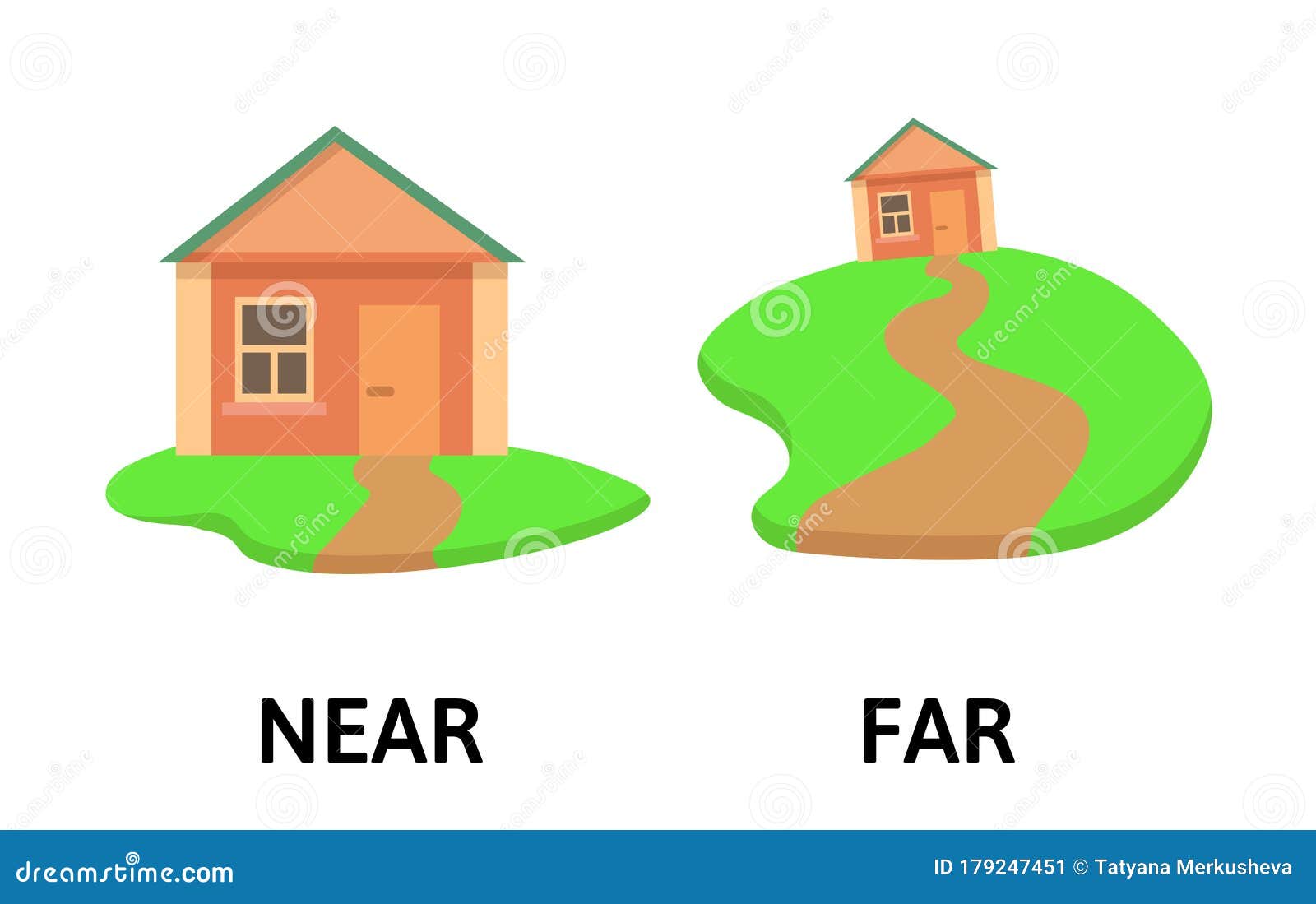Sustainable Living: How Native Amazonian Lifestyles Preserve the Rainforest
Introduction: The Roots of Amazonian Sustainability
The Amazon rainforest is often called the “lungs of the Earth,” yet for the millions of Indigenous people who call it home, it is much more than an ecosystem-it is a living, breathing partner in their daily lives. The sustainable lifestyle of Native Amazonian communities is shaped by deep-rooted traditions, advanced ecological knowledge, and a worldview that places harmony with nature at its core. These communities have fostered a resilient way of life that not only enables their survival but also safeguards the rainforest for future generations. [2]
Traditional Knowledge and Responsible Resource Use
Central to the sustainability of Amazonian Indigenous lifestyles is traditional ecological knowledge -wisdom built over thousands of years of close observation and interaction with the rainforest. Indigenous peoples have identified, catalogued, and sustainably managed a vast array of plant and animal species. For example, studies by the Food and Agriculture Organization (FAO) highlight that Amazonian tribes use over 300 plant species for food, including staples like cassava and plantains. [2] Further, many tribes use approximately 1,300 medicinal plant species, ensuring their health while minimizing reliance on external resources.
Rather than extracting resources indiscriminately, Native Amazonian communities employ rotational harvesting, selective hunting, and shifting agriculture techniques. These practices ensure that forests, rivers, and wildlife populations remain healthy and productive. For instance, the cultivation of “terra preta”-fertile dark earth created by adding organic waste and charcoal to the soil-has transformed otherwise nutrient-poor Amazonian soils into productive gardens, supporting both biodiversity and food security. [5]
Living in Harmony: The Indigenous Cosmology
Indigenous Amazonian perspectives see nature as a network of relationships between humans, animals, plants, and spiritual entities. This relational worldview fosters a profound sense of responsibility and stewardship. For example, the Ashaninka people of Peru describe conservation as a process of restoring relationships between people and the forest, seeing the wellbeing of humans and the ecosystem as inseparable. [4]
Many rituals and cultural practices are centered on maintaining this balance. Sacred sites, seasonal ceremonies, and taboos on overharvesting are all embedded in Indigenous traditions, ensuring that resource use does not outpace regeneration. [4]
Conservation Impact: Guardians of the Rainforest
Research shows that Indigenous lands in the Amazon experience significantly lower rates of deforestation than non-Indigenous areas. A 2022 study published in Nature found that these territories act as buffers against forest loss, thanks to Indigenous communities’ sustainable management. [2] These stewardship practices help maintain biodiversity, store massive amounts of carbon, and preserve water cycles-all critical for combating climate change.
Programs such as the Edible Forest Initiative in Ecuador, which is led by Indigenous organizations and community members, focus on planting native fruit and nut trees, creating food corridors that boost food security and ecological resilience. [3] These projects serve as real-world models of how traditional practices can be adapted to contemporary conservation challenges.
Education, Empowerment, and Cultural Revitalization
Education initiatives in Amazonian villages are reconnecting young generations with ancestral knowledge. In the Kichwa community of Dahuano, Ecuador, experiential learning and workshops teach children about climate change, food sovereignty, and sustainable farming. Activities include local food tasting and the rediscovery of traditional ingredients like chontacuro (edible insects), which offer both nutritional and cultural benefits. [1]
These community-led educational projects foster resilience and creative adaptation to new environmental challenges, while instilling pride in heritage and sustainable living. Teachers and elders act as both educators and guardians of tradition, ensuring that knowledge is passed down and adapted for future needs. [1]
Implementing Sustainable Practices: Steps and Guidance
If you are interested in supporting or learning from Native Amazonian sustainability, consider these steps:

Source: pinterest.fr
- Research established NGOs and Indigenous organizations working in the Amazon, such as the Rainforest Foundation or Amazon Frontlines. Use search terms like “Amazon Indigenous conservation projects” or “support Indigenous Amazonian communities” to find reputable initiatives.
- Look for educational programs or experiential learning opportunities that connect you with Indigenous knowledge. Many universities and environmental groups offer webinars, virtual tours, or partnerships with Amazonian groups.
- If you wish to contribute financially or through advocacy, verify the legitimacy of organizations via their official websites or international development agencies. Avoid intermediaries that cannot be verified.
- For educators or community leaders, consider integrating lessons about Indigenous knowledge and Amazonian stewardship into curricula, using resources from UNESCO or similar bodies.
Direct travel or contact with Indigenous communities should always be arranged through verified, ethical organizations and with the consent of the community. When in doubt, search for official portals or contact established environmental NGOs for up-to-date guidance.
Challenges and Adaptation: Facing Modern Threats
Despite the resilience of traditional lifestyles, Native Amazonian communities face significant pressures, including deforestation, mining, and industrial agriculture. These threats put not only the rainforest at risk but also the survival of the cultures that have protected it for millennia. [5] Many Indigenous groups are advocating for legal recognition of their land rights, stronger environmental protections, and greater involvement in decision-making about resource management.
Alternative pathways for supporting Amazonian sustainability include:

Source: pinterest.com
- Advocating for Indigenous land rights by contacting your national representatives or supporting international campaigns led by Indigenous organizations.
- Supporting fair trade and sustainably sourced Amazonian products that benefit local communities.
- Participating in citizen science or collaborative research projects that respect and integrate Indigenous knowledge.
Key Takeaways: The Value of Indigenous Sustainability
Native Amazonian lifestyles demonstrate that long-term environmental stewardship is possible through respect, restraint, and knowledge-sharing. Their approaches offer valuable lessons for sustainable living worldwide. To access opportunities for supporting or learning from these communities, begin by researching established organizations, verifying all affiliations, and seeking out educational resources from official institutions.
For more information, you can:
- Consult UNESCO for resources on Indigenous education and sustainability initiatives in the Amazon.
- Search for the Rainforest Foundation or Amazon Frontlines for ways to support Indigenous-led conservation.
- Use search terms such as “Amazon Indigenous sustainability programs” or “Indigenous agroforestry Amazon” to find projects and opportunities for involvement.
References
- UNESCO (2025). Empowering the future: Preserving Kichwa traditions for sustainable living in Ecuador’s Amazon.
- Fund the Planet (2023). Indigenous people and the Amazon: An Ancient Connection.
- Cisco (2024). Promoting Sustainable Livelihoods in South America and the Amazon.
- Amazon Frontlines (2023). Indigenous-led Conservation in the Amazon: A win for people and planet.
- Rainforest Foundation (2024). The Ancestral Forest: How Indigenous Peoples Transformed the Amazon into a Vast Garden.



